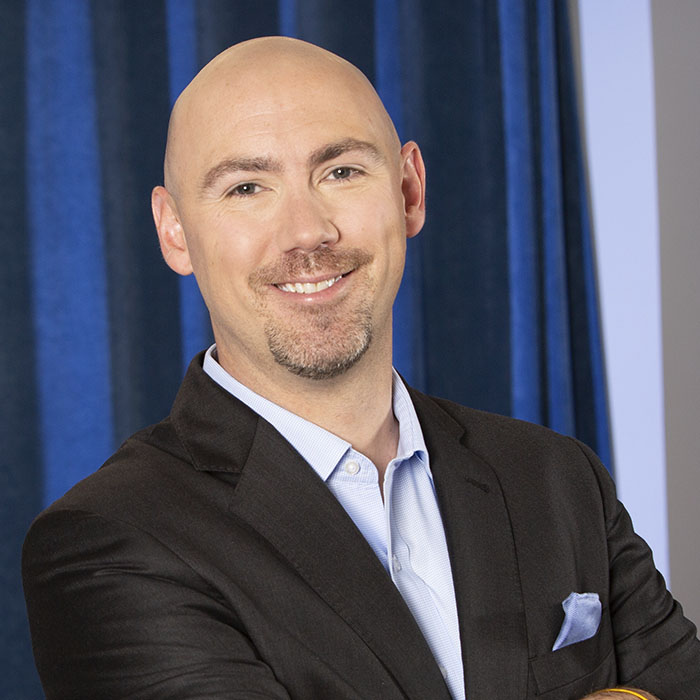NEWS
Q&A With Thomas J. Fields
We recently sat with Tom Fields to discuss his thoughts on current and post pandemic HVAC Systems, and how these systems will continue to play a role as we move forward into the new normal.
How do you envision clients adapting to the current pandemic climate? Like other disruptive events, we see clients looking to position their buildings to be resilient to future pandemics while still maintaining the sustainability gains over the past years. Several of our clients have reached out to us for guidance and assistance in designing solutions. The market is beginning to shift, making aptly prepared properties more desirable to tenants.
What type of building upgrades are being considered to help
mitigate future pandemics? A single solution does not exist. All buildings and uses of buildings (office, restaurant, hotel, etc.) are different and require an engineered approach. There are many types of technologies that can help building HVAC systems mitigate indoor air quality (IAQ) issues, including pathogen spread. These include ultraviolet germicidal irradiation, increased filtration, humidification, bi-polar ionization technologies, etc. Each has a proper use and position in various HVAC systems.
Do you have any words of caution for your clients? As I stated, a single solution does not exist. We caution our clients to carefully review any purported products that are proposed to them. One technology or system may not be appropriate for your building. It is also important to note that healthy buildings rely on more than just a well designed HVAC system. Access technology, architectural considerations, and behavior modifications must be reviewed as well.
How can clients educate themselves further? The COVID-19 pandemic has obviously changed the focus of the industry. We are available to help educate our clients and assist with evaluating their buildings, as always. We will be publishing additional items over the coming days regarding the available technologies. MGE continues to leverage our experience, along with the evolving reports from organizations like ASHRAE and AIA, to help make the built environment stronger, more resilient, and safer.
MG



